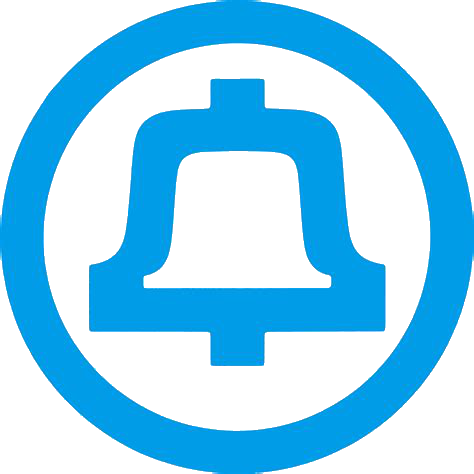AT&T Long Lines
AT&T Long Lines (also known as "Skyway" or "Telephone Skyway") was a network of telecommunications equipment in the United States built and managed by AT&T that provided long distance connectivity to the Bell System. Initially connections were made with wire, but it is most known for its usage of microwave relay stations.
History
In 1880 the management of the Bell Telephone Company created what would become AT&T Long Lines. The project was the first of its kind to create a nationwide long-distance network with a commercially viable cost-structure. On March 3, 1885, a new company was formally incorporated in New York as American Telephone and Telegraph Company (AT&T). Originating in New York City, its long-distance telephone network reached Chicago, Illinois, in 1892, with local exchanges continuing to stretch further and further each year. On December 30, 1899, the assets of the Bell Telephone Company were transferred to AT&T as a subsidiary.
Before using microwave relay and coaxial cables, AT&T used open wire lines for long-distance service. In 1911, the system connected New York to Denver. The introduction of repeater towers allowed such connections to reach across North America. Starting in the 1920s, the company increasingly used long-distance coaxial cable and carrier systems.
In 1951 the first coast-to-coast telephone call was made using Long Lines. The network included 107 "hops" (paths between stations) spanning from Los Angeles to New York City. Each station was approximately 30 miles from the next. Microwave signals would be transmitted at a strength of half a watt and received at one milliwatt.
Starting in the 1980s, fiber optic cables and satellites replaced microwave relay stations for long distance connections. Today microwave transmission is being used more frequently again for wireless networks and direct broadcast services.
